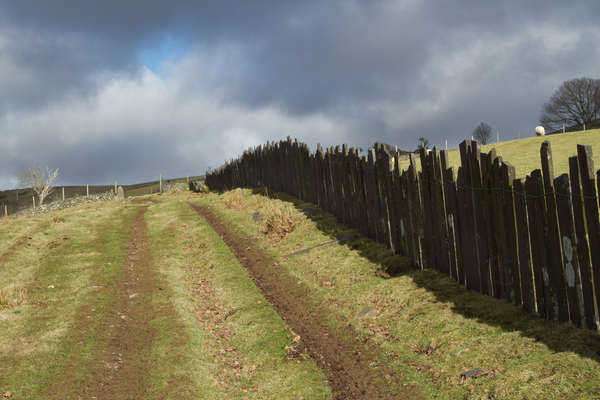
A land survey is a form of land measurement that accounts for not only the size of given area, but also dimension and relation to other properties.real estate property boundaries. More than just a measurement of a property‘s size, surveying also may often account for such things as three dimensional spatial considerations, such as height of property and nature of terrain, the texture and composition of the soil, and the limits of a property’s perimeter.
Surveying historically can trace its origins back to the ancient Egyptians who devised mathematical geometric processes by which to calculate the size of an area by means other than physical measurement. This naturally became vital when constructing the great monoliths and architecture of Ancient Egypt, such as the pyramids of Giza, and it is in that spirit that land surveying is still employed to this day, especially in terms of property construction and development. In the construction industry, a quality surveyor must be able to not only determine the size of a property, but also its viability.
If a developer desires to build a new mall on a piece of land, it is the job of the surveyor to not only determine if the land is the correct size for the developer’s needs, but also if the property is adequately able to support the structure or be cost effective to develop. If the surveyor discovers that a property is too ridged or the soil composition is highly unstable, the developer may decide that it may not be worth his time and money to make the land suitable. They may, therefore, decide to look elsewhere. Thus, a land survey is often a key determining factor in any real estate development agreement.
To specify surveying in a more legal context, the obvious instance where a land survey can come into question is in boundary disputes, not only those that involve distribution of land, but also legal culpability. A land survey can be applied to virtually any scale of property ownership or dispute, on the levels of homeowner, community, corporate, or municipality, and sometimes not always in the most obvious ways.
If a plaintiff, for instance, decides to sue a corporation they feel is allowing polluted runoff to flow out of one of their factories, they will almost certainly have a geographical survey done of the area to determine how the corporation’s property distribution does or does not effect its culpability. In addition, a soil and tributary (water) survey will be employed in order to determine extent of pollution. Land surveys can also be applied to existing structures and their relation to other properties, and can entail topographical considerations as well.
At its core, what a land survey, no matter what kind it may be, is intended to do is provide as much data about the property that may be acquired through scientific means as is possible. It is through this data that legal considerations and decisions are rendered, most intrinsically in terms of real estate ownership, development, and legal responsibility.



















